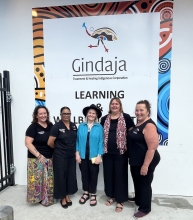
With a drive for continuous improvement and a focus on education and training for its staff and board, Gindaja Treatment and Healing Indigenous Corporation has grown a strong, dedicated team. They’re leading the way in good governance processes. With an organisation running efficiently, Gindaja’s getting excellent outcomes for Aboriginal and Torres Strait Islander people’s health and wellbeing in north Queensland.
A board and staff that grow with the organisation
‘Gindaja’ is Gunggandji language for the cassowary. The corporation reflects the cassowary’s role – to plant the seeds for the rainforest to grow and regenerate. Gindaja seeks to ‘plant the seeds of hope, inner strength and healing for clients who arrive with a broken spirit’ because of alcohol and other drug (AOD) dependency.
For 40 years, Gindaja has provided Aboriginal and Torres Strait Island people with AOD education, treatment, recovery and healing. Their services cover the shire of Yarrabah and across the Far North Queensland region.
CEO Ailsa Lively emphasises how important it is for their work to be led by an all-local Aboriginal board and 50 local Aboriginal staff (out of 53 total staff). Gindaja has made this possible by building connections between local organisations within the community, and by providing training when it’s needed.
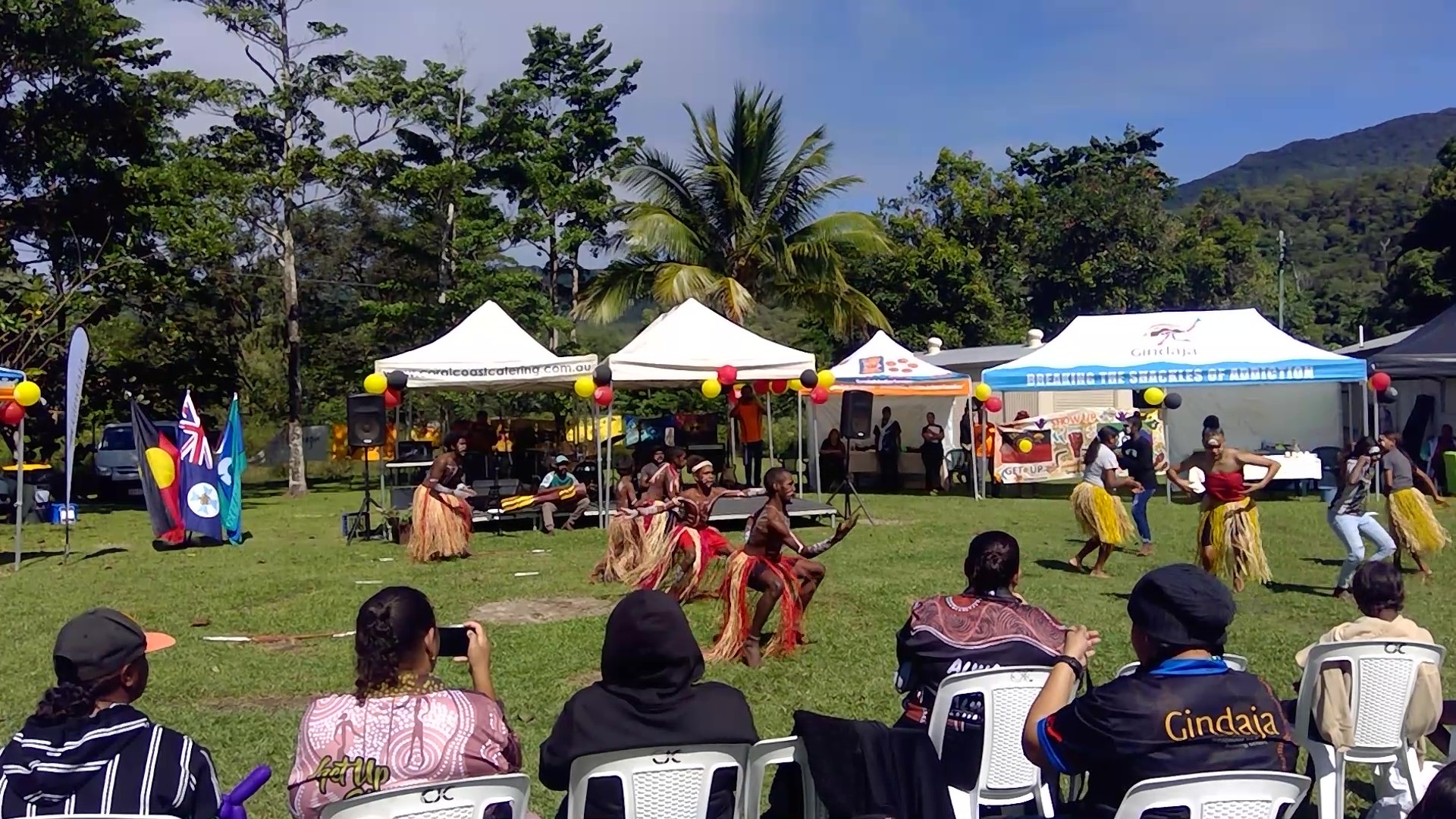
Gindaja at NAIDOC Festival 2022
‘Gindaja’s business model is heavy on investing in local staff. And we’re here to build our community up. Local people are fully aware of the social and emotional wellbeing issues in our community,’ says Ailsa.
‘There’s not a lot of people who have qualifications in the AOD or mental health sectors. We bring in people with life experience and train them.’
Gindaja seeks training for staff through peak organisation Queensland Aboriginal and Islander Health Council and through TAFE. Or they might do in-house training using the skills within Gindaja.
By having yearly performance reviews and a yearly induction with directors, Ailsa says they’re able to identify gaps and find development opportunities.
‘We’re all about continuous improvement. During performance reviews we can look at directors’ skills and what we need as an organisation at that board level. Doing those performance reviews identifies skill gaps so in the next years, we focus on those areas for training.’
All directors also go through a yearly induction – whether they’re new or not.
‘Twelve months is a long time so it’s an introduction back into the organisation – what we do, your governance responsibilities, charter, policies and procedures and what happens when you’re on the board. This is core to governance,’ explains Ailsa.
Solid values backed by a model of care
Keeping staff and the board well-informed on Gindaja’s values and model of care (MOC) is also key to Gindaja’s operations.
‘The MOC describes our 5 service areas: health promotion and education; learning and wellbeing; residential recovery; step up recovery and after/continuing care,’ Ailsa says.
‘Underpinning this are our 8 principles of best practice which detail how we deliver our services. These include being non-judgemental, culturally safe, evidence informed, empowering, flexible, community centred, inclusive and grounded in social and emotional well-being. These cover the whole continuum of care for clients. Our staff get trained in each of our values and model of care.
‘The board also does significant training in social and emotional wellbeing, financial governance, risk governance, client care and safety governance and occupational health and safety. They do the same training as staff too.’
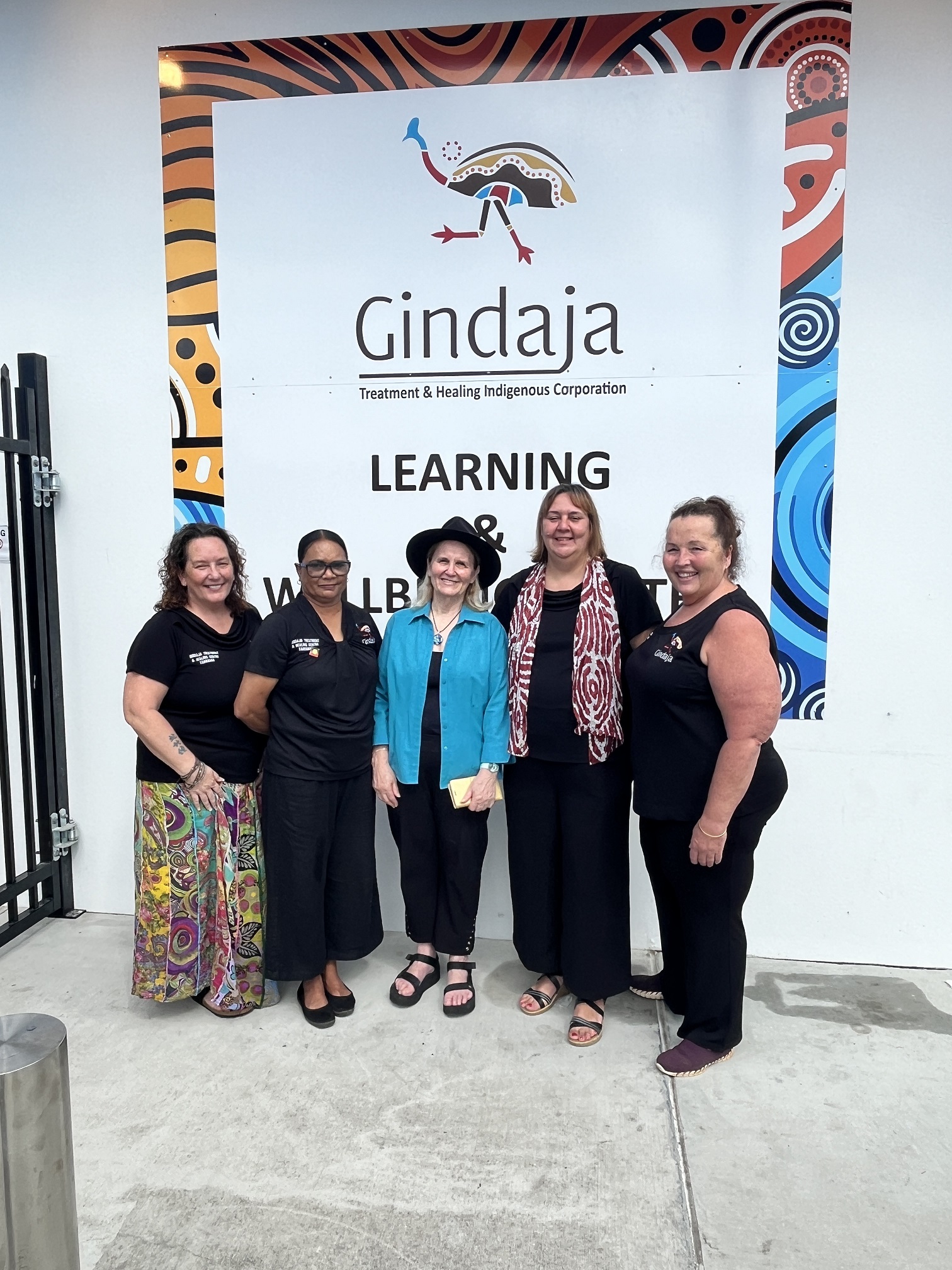
From left to right: Kathy Desmond - Treatment Services Manager, Avril Yeatman - Operations Manager, Jane Hannan - Architect of Gindaja Learning and Wellbeing Centre, Ailsa Lively - CEO of Gindaja Treatment and Healing Indigenous Corporation, Kathy Hare - Finance Manager
Setting up for success
‘Our model of care, saving our own money, doing cost-benefit evaluations and data gathering are ways we’ve set up good governance,’ says Ailsa.
Data gathering has become more important than ever. Whether on paper or in Excel, Gindaja had always collected data, but it was inconsistent. In the last decade, the corporation has focused on modernising how it collects, keeps and uses data.
‘It’s helped us to see trends – for example, clients coming in from prison for a period of time – and that we need to do something in this area,’ says Ailsa.
‘Or that there was a rise in drugs like amphetamines or cannabis that we weren’t expecting. These trends are then presented back to the staff and board in a visual way. Some trends show us we need to do more training in that area.’
The value of evaluation
To help with understanding its impact, Gindaja engaged a third party to conduct an independent evaluation. This has given the team a different view of their work. It’s also great evidence for funding applications.
The evaluation showed:
- clients who enter Gindaja with a high psychological distress level have their stress level significantly lowered and they experience a better quality of life
- a cost-benefit analysis, with a benefit of $2.50 to $3.00 for every $1.00 invested in Gindaja by government
- big impacts on Closing the Gap outcomes across incarceration, health and wellbeing, hospitalisation and mental health.
Putting the evidence to work
Ailsa explains that the evaluation and data gathering have helped with getting money for an infrastructure project, which is now underway.
‘Being around for 40 years, we have ageing infrastructure. We put up and won an unsolicited bid to the Queensland Government for funding infrastructure at the residential recovery centre site.’
The building is now in its first stage.
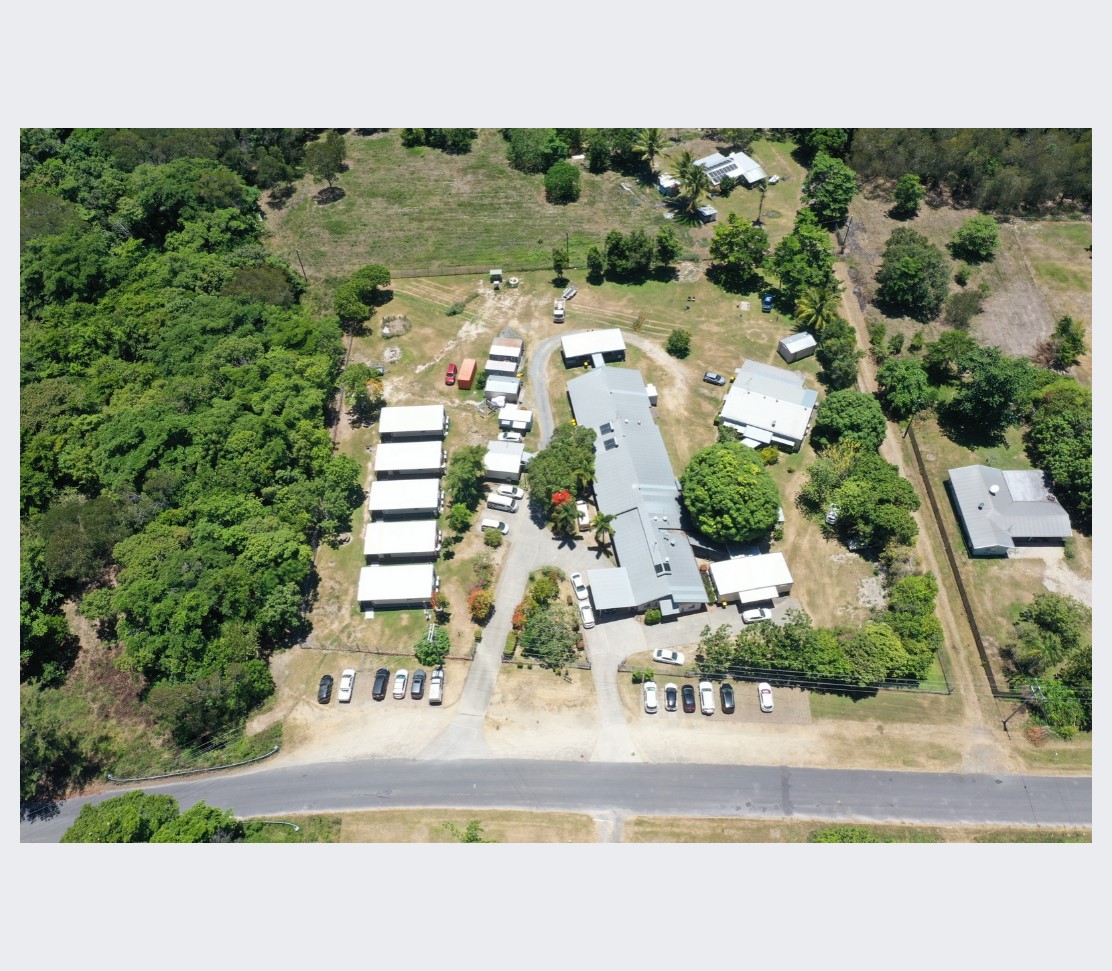
An aerial view of the Gindaja Residential Recovery Centre
Growth comes from within
Ailsa is adamant that each member of Gindaja matters in its operation, and that being embedded in the community is essential. Throughout all processes, it’s important the whole team is involved in decisions.
‘The data project was all about engaging the staff and giving them ownership and so is our infrastructure project. The board and staff have been involved from day one on what the facilities should look like. They have buy-in and ownership across the organisation and we get great outcomes,’ says Ailsa.
‘We’re a quality improvement organisation. We’re always looking for opportunities. All of this work also comes from a strong board and leadership,’ she says. ‘They live the vision to provide a leading alcohol and other drugs service to support our community on their healing journey.’
With the whole team involved in creating processes that have bolstered their ability to get grants and funding, Gindaja’s growing to be able to do even more for the community.
‘Our objective is to deliver to people in the Yarrabah Community and beyond a range of services and programs by taking a holistic approach that leads to recovery and healing from substance dependence and improvements in individual and community social and emotional wellbeing,’ explains Ailsa.
With the residential recovery centre being upgraded to include more beds and services, and the opening of a new building for its Learning and Wellbeing Centre in the heart of Yarrabah, Gindaja’s impact will only grow.
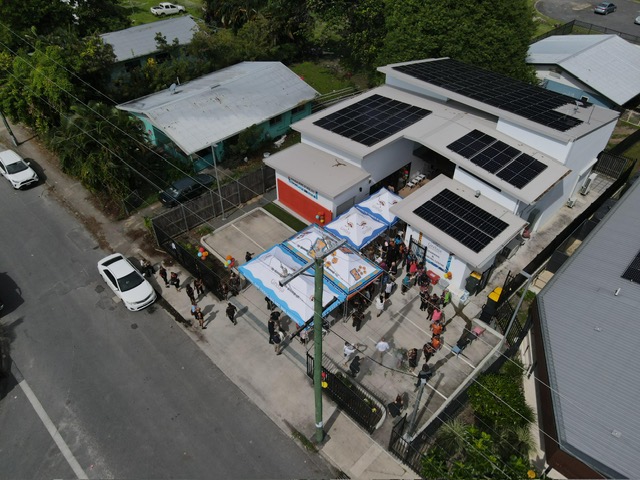
The new Gindaja Learning and Wellbeing Centre